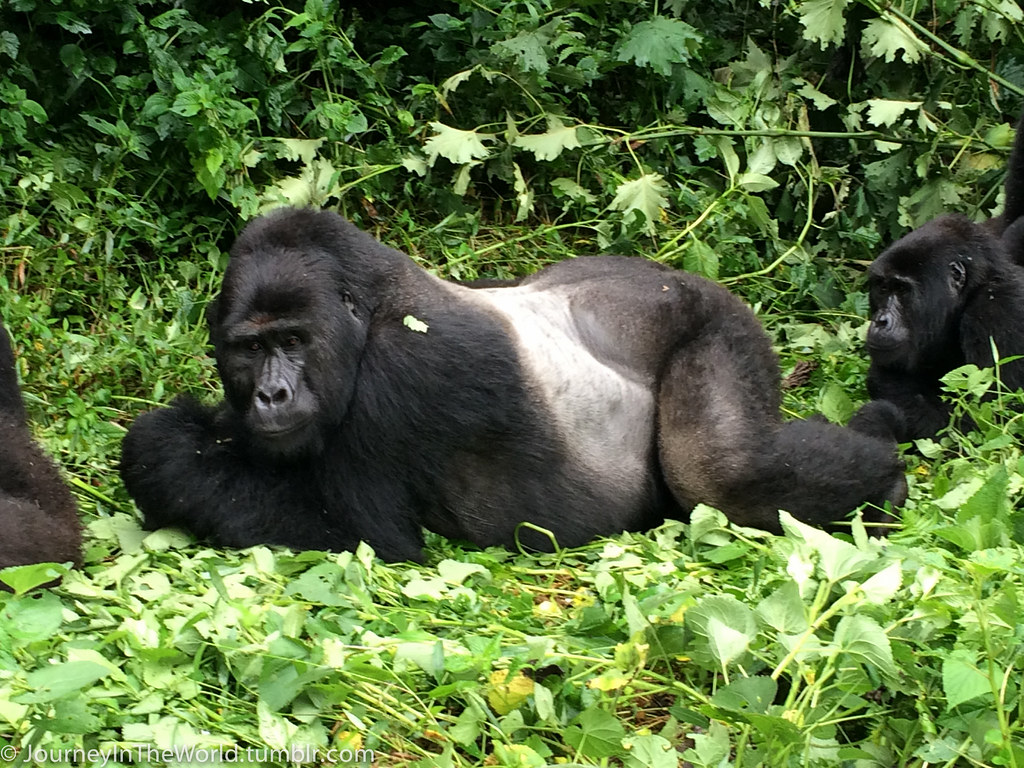Essential Guidelines for a Safe and Respectful Encounter
Gorilla trekking offers an extraordinary chance to come face-to-face with one of the world’s most endangered and majestic primates. Whether you’re in Uganda’s Bwindi Impenetrable National Park or Rwanda’s Volcanoes National Park, the opportunity to observe a gorilla family in its natural setting is unforgettable. To protect both visitors and the gorillas themselves, strict rules are in place. Following these guidelines ensures a safe, ethical, and sustainable wildlife encounter.
Each group of visitors is limited to just one visit per gorilla family per day, and only eight tourists are allowed. This controlled access helps minimize human impact and reduce the risk of disease. Human illnesses like colds or flu can be deadly to gorillas, which is why tourists must be in good health before participating. If you have any signs of illness, park authorities will not allow you to join the trek, no matter how minor your symptoms may seem.
Maintaining a respectful distance is critical. Tourists must remain at least seven meters away from the gorillas at all times. Even if a gorilla approaches you, you are expected to remain still, avoid eye contact, and never try to touch it. The gorillas are habituated to human presence but remain wild, and any sudden movement or disrespect of space can provoke a defensive response.
Flash photography is strictly forbidden. The sudden burst of light can startle or distress the animals. Cameras must be set to silent or quiet mode to preserve the calm atmosphere. Eating or drinking in front of the gorillas is not allowed, as food smells can attract their attention and create a health risk through potential contamination. Littering of any kind is also prohibited. Even biodegradable waste can interfere with the delicate balance of the forest ecosystem.
Tourists are required to keep their voices low during the entire trek. Loud noises can scare away not only the gorillas but other forest wildlife as well. Once you make contact with a gorilla family, the time spent in their presence is limited to one hour. This time limit is essential for their well-being and helps prevent overexposure to humans.
At all times, trekkers must follow the instructions of their guides and armed rangers. These experts are trained in gorilla behavior and forest safety, and their guidance ensures both your safety and that of the gorillas. If a gorilla shows signs of distress or aggression, your guide will instruct you on how to respond calmly and appropriately.
Touching the gorillas is strictly prohibited, regardless of how close they get. Their immunity to human disease is limited, and physical contact can transmit harmful pathogens. Maintaining the integrity of the experience while protecting the gorillas is the shared responsibility of every visitor.
Gorilla trekking is a deeply moving experience, and with it comes the obligation to respect the animals and the environment they live in. These rules are not just regulations—they are a pledge to conservation, ensuring that future generations also have the chance to witness mountain gorillas in the wild.





